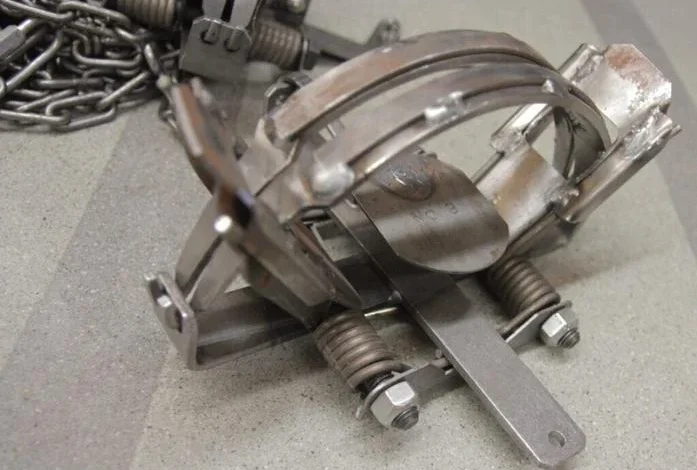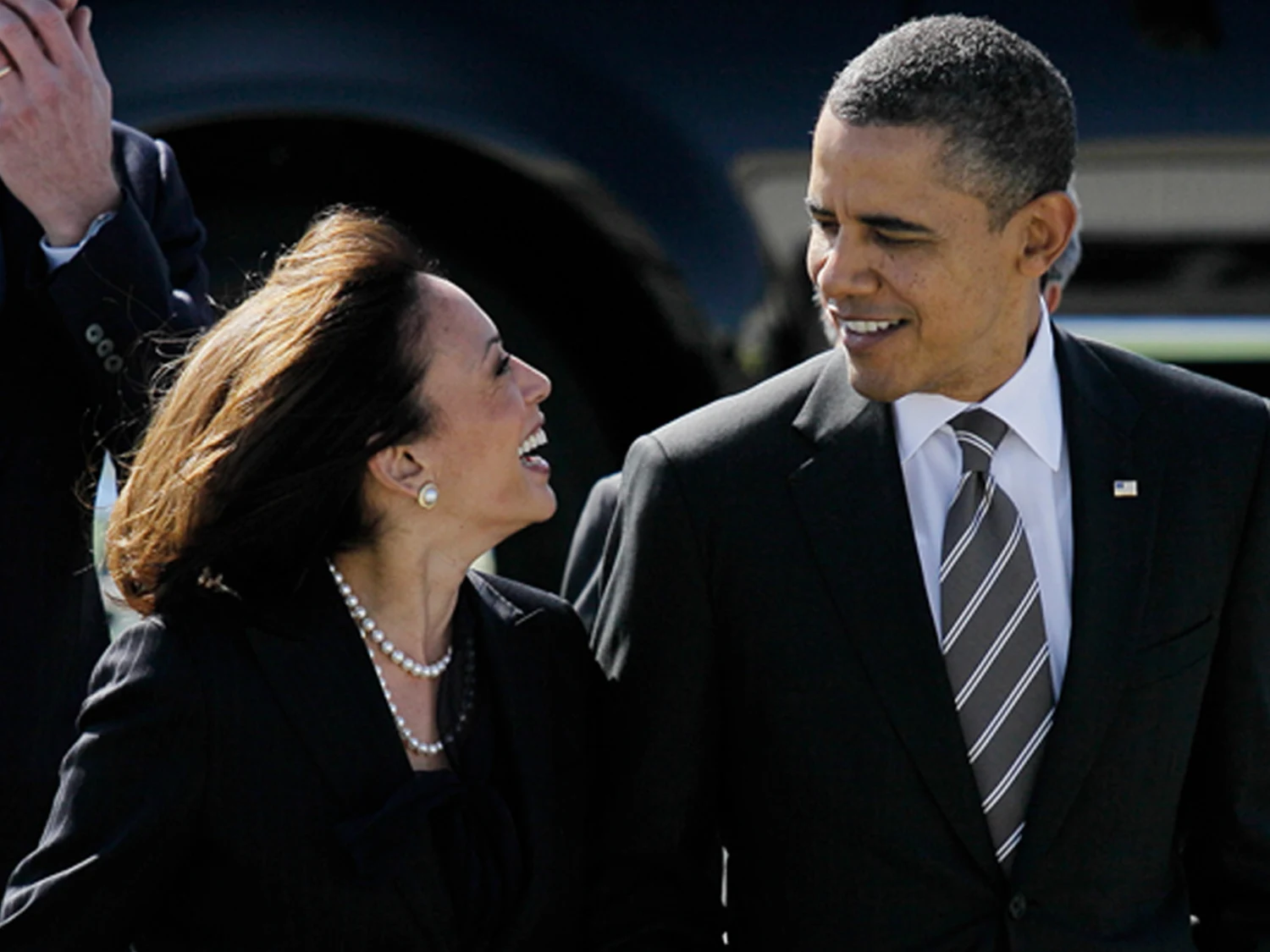Wyoming Lawmakers Consider Trapping Reforms to Protect Pets and Recreational Areas

Efforts to reform trapping regulations in Wyoming are gaining momentum in the state legislature, Wyoming News Now reports.
In response to increasing concerns from residents and pet owners, a legislative committee recently voted 6-0 to advance Senate File 139 (SF 139), which would grant the Wyoming Game and Fish Department the authority to create no-trapping zones near trails, campgrounds, and other high-traffic recreational areas.
The issue gained renewed attention after an incident involving Chris Folsom and his dog, Rora, during a trail run in the Medicine Bow-Routt National Forest this January. Rora triggered a foothold trap just 256 feet from a trailhead, causing a severe injury to her leg.
“There was a lot of blood initially, which really freaked me out,” Folsom recalled.
Unable to free the husky mix himself, Folsom flagged down nearby hikers who helped release the trap.
Folsom was surprised to learn from the Wyoming Game and Fish Department that the trap’s location was legal.
“There are no formal regulations about putting a trap that close to the trail,” he noted.
The measure’s primary sponsor, Sen. Dan Dockstader, a Republican from Afton, emphasized that Wyoming’s outdoor culture is evolving. With more people moving to the state for its scenic beauty and outdoor activities, the need for trapping reforms has become more apparent.
“I take my pet, a Golden retriever named Cheyenne, and we walk those canyons out west,” Dockstader said. “Maybe a few adjustments [would help] make sure at least the family pets are kept safe.”
Dockstader’s proposal follows the tragic experience of his constituent Becky Barber, who lost her dog, Jester, to an illegal trap near Swift Creek Road in Afton. Barber tearfully urged the legislative committee to support SF 139 during her testimony.
“I promised him his death would not be in vain,” she said.
Although no lobbyists or members of the public outright opposed the bill, some stakeholders raised concerns. Jim Magagna of the Wyoming Stock Growers Association advocated for amendments to ensure the proposed no-trapping setbacks would only apply to public and state lands, not private property.
Others, like Lisa Robertson of the group Wyoming Untrapped, expressed cautious optimism.
“The resistance to change has been challenging,” she said.
Robertson noted that advocacy and awareness efforts over the past decade are finally bearing fruit.
Not all voices agreed the legislation went far enough. Jamie Olson, a full-time predator control trapper, suggested that required signage near trapping areas could help inform trail users of potential hazards.
“The setbacks are fine, but an individual still doesn’t know for sure if that particular trailhead actually even has traps on it,” Olson testified.
The setback bill, SF 139, is one of several recommendations that emerged from a 2020 stakeholder group led by the Wyoming Game and Fish Department. Angi Bruce, the department’s director, noted that the commission has recommended obtaining statutory authority to implement such reforms.
Although a companion bill, SF 40, which would have required trapping education for younger trappers, failed to advance, lawmakers indicated they may revisit the issue in the future.
SF 139 has passed its initial hurdles, including a first reading in the Wyoming Senate.







